Your best bet in this scenario would be to use a WebSockets server because building a WS implementation from scratch is not only time-consuming but the fact that it has already been solved makes it useless. As you've tagged Socket.io, that's a good option to get started. It's an open source tool and easy to use and follow from the documentation.
However, since it is open-source, it doesn't provide some functionality that is critical when you want to stream data in a production level application. There are issues like scalability, interoperability (for endpoints operating on protocols other than WebSockets), fault tolerance, ensuring reliable message ordering, etc.
The real-time messaging infrastructure plus these critical production level features mentioned above are provided as a service called a 'Data Stream Network'. There are a couple of companies providing this, such as Ably, PubNub, etc.
I've extensively worked with Ably so comfortable to share an example in Node.js that uses Ably:
var Ably = require('ably');
var realtime = new Ably.Realtime('YOUR-API-KEY');
var channel = realtime.channels.get('data-stream-a');
//subscribe on devices or database
channel.subscribe(function(message) {
console.log("Received: " message.data);
});
//publish from Server A
channel.publish("example", "message data");
You can create a free account to get an API key with 3m free messages per month, should be enough for trying it out properly afaik.
There's also a concept of Reactor functions, which is essentially invoking serverless functions in realtime on AWS, Azure, Gcloud, etc. You can place a database on one side too and log data as it arrives. Pasting this image found on Ably's website for context:

Hope this helps!
